In the latest Beat Dissected, we update the sound of the classic Roland CR-78 using some simple layering and processing techniques.
Beat Dissected is a regular series in which we deconstruct drum patterns, showing you how to program them in any DAW. Just copy our grid in your own software to recreate the loop.
Here’s the beat we’re building today:
Spec
Tempo
120-125 bpmSwing
53-55%Sounds
Roland CR-78 samples, layered with TR-707 and TR-727 hitsStep 1
Roland’s CR-78 drum machine, introduced in 1978, is widely considered a classic, but its distinctive sound is a little more dated than the TR-808 which superseded it in 1980.
We’ll start with the kick, layering a CR-78 sample with a 707 hit to create a unique hybrid. The CR-78 sound provides all the body and weight, while the 707 hit adds click and fills in some higher frequencies.
For processing, we’ve used SoundToys’ Little Radiator to add a bit of saturation, FabFilter Pro-Q 2 to help tame some of the mids, and FabFilter Saturn to help give the kick some more thump and clarity.
The pattern is a simple four-to-the-floor.
Audio PlayerStep 2
The snare is a bit more simple, with a straight CR-78 hit and some relatively gentle processing: just the Pro Q 2 to help cut off some of the lows, tame the mids and reduce some hiss present in our sample.
The snare hits on the second and fourth beat of each bar.
Audio PlayerStep 3
For the claps, we’ve used a 707 sample, edited the pitch and adjusted the envelope to reduce the tail slightly. For processing, we’ve used Saturn to add some saturation as well as helping to shape the clap. Pro Q 2 is added at the end to help cut some lows and hiss.
The clap mirrors the pattern of the snare but with a disco-inspired variation at the end of the second bar. Note how the clap triggers slightly ahead of the beat to give a more rushed feel and make the combined snare and clap hit sound a bit thicker.
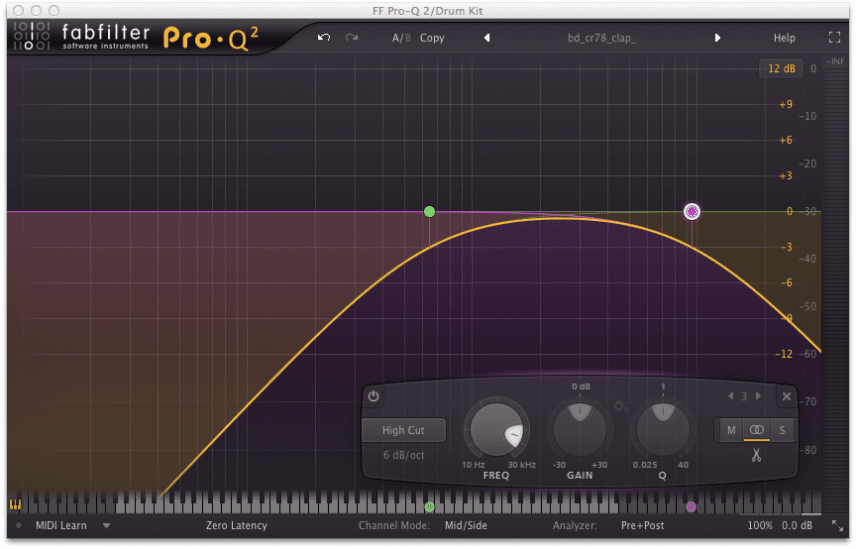
Step 4
For the hats, we’ve gone with two hits sampled from the CR-78, one open and one closed. There aren’t any ways to adjust the sounds on the CR-78, so we’ve shortened the envelopes on our samples to tighten up the decay time slightly. For processing, we’ve simply used an EQ to tame some mids and hiss again.
The pattern is based around 16th notes for the closed hats, with the open hat playing on the off beat. One unusual aspect of the programming here is that we’ve chosen not to use chokes or mute groups, allowing the closed and open sounds to play simultaneously.
Step 5
The first of our two percussion sounds is a conga hit taken from the TR-727. We’ve tightened the envelope a little, but the sound is otherwise unprocessed.
The conga is fairly low in the mix, adding a bit of variation between the two bars.
Audio PlayerStep 6
The second percussive part is simple: a hit taken straight from the CR-78, without any processing other than shortening the release time slightly.
The pattern is simple, playing 16th notes at the end of each bar to help build momentum and draw the groove forward.
Audio PlayerStep 7
Finally, on the drum sub-mix, we’ve added the ValhallaPlate reverb plugin to give the beat some depth. FabFilter Saturn is used to add extra punch and clarity, and Little Radiator provides some extra grit and saturation. At the of the chain is a Limiter. Ableton’s Limiter keeps the levels in check at the end of the chain.
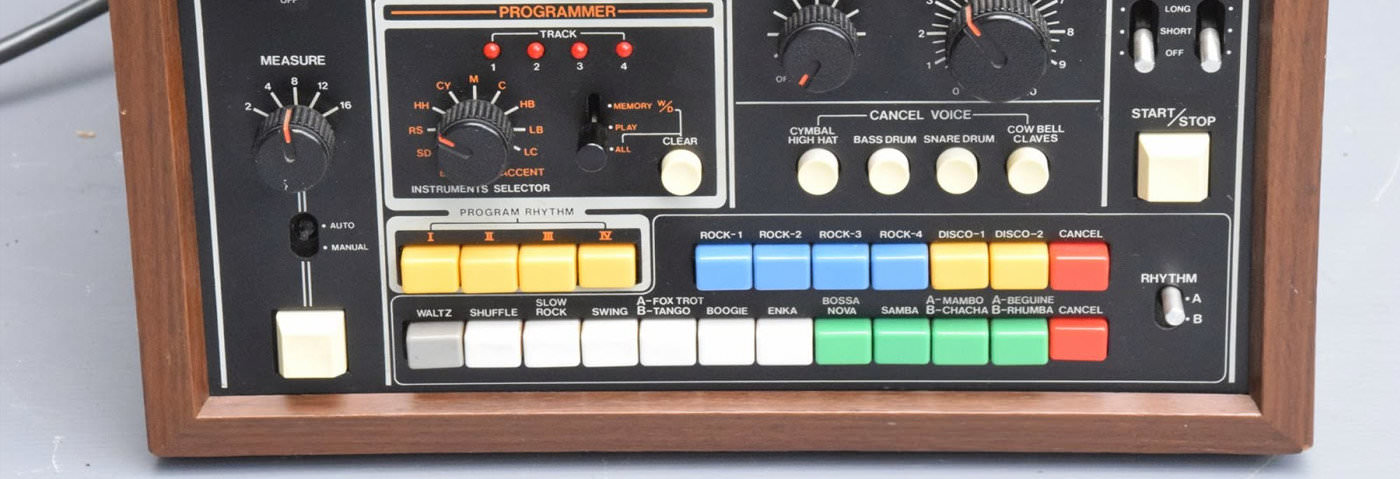

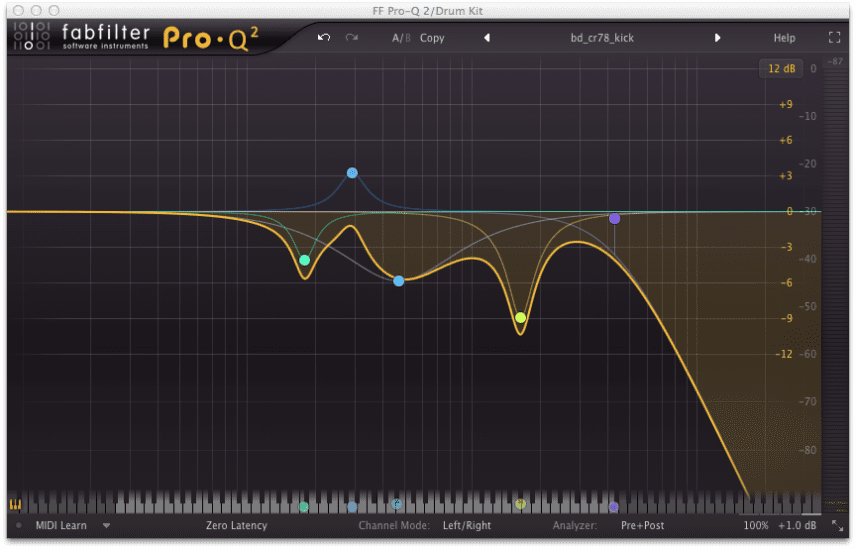
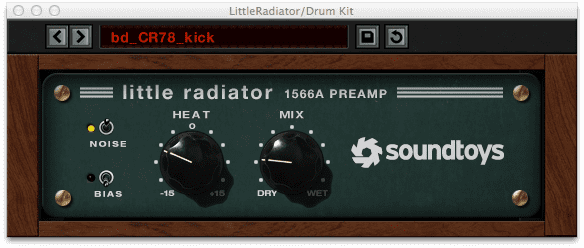
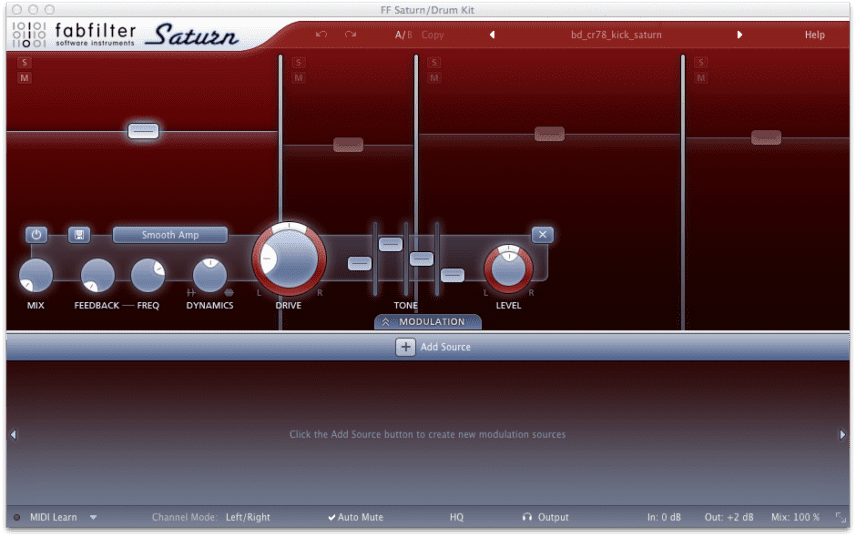

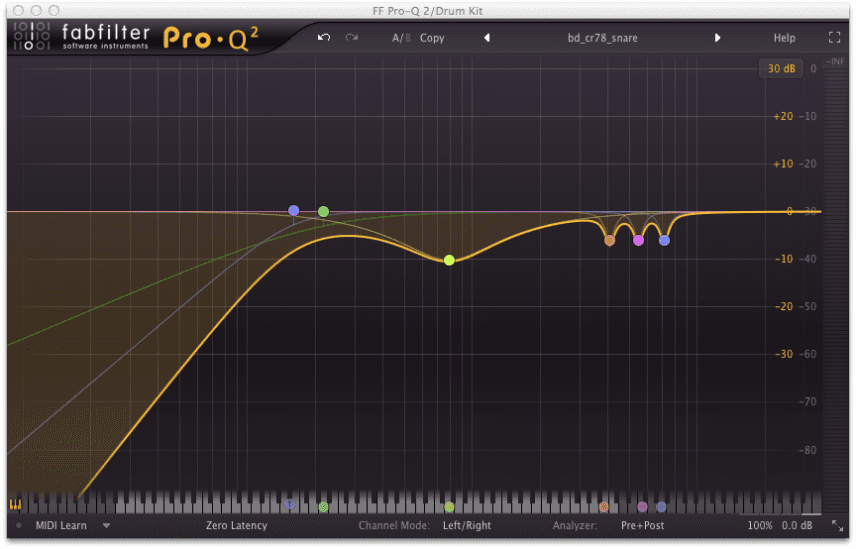

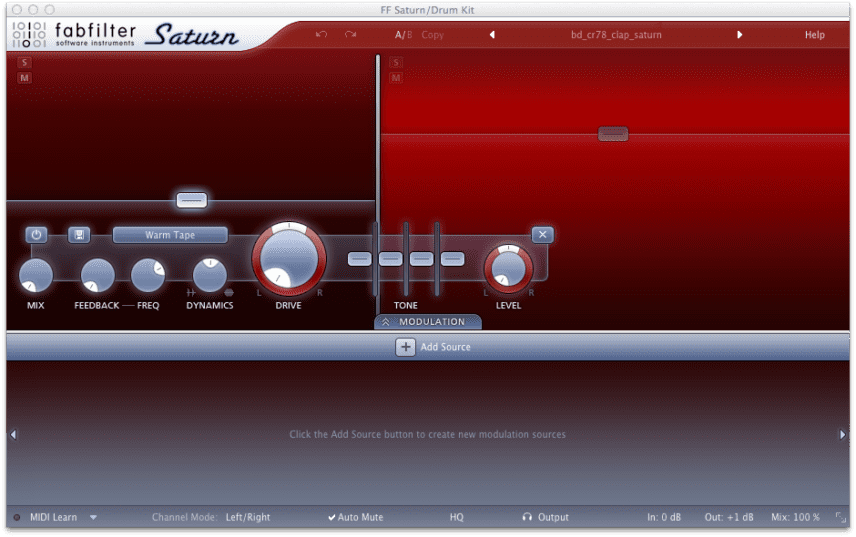

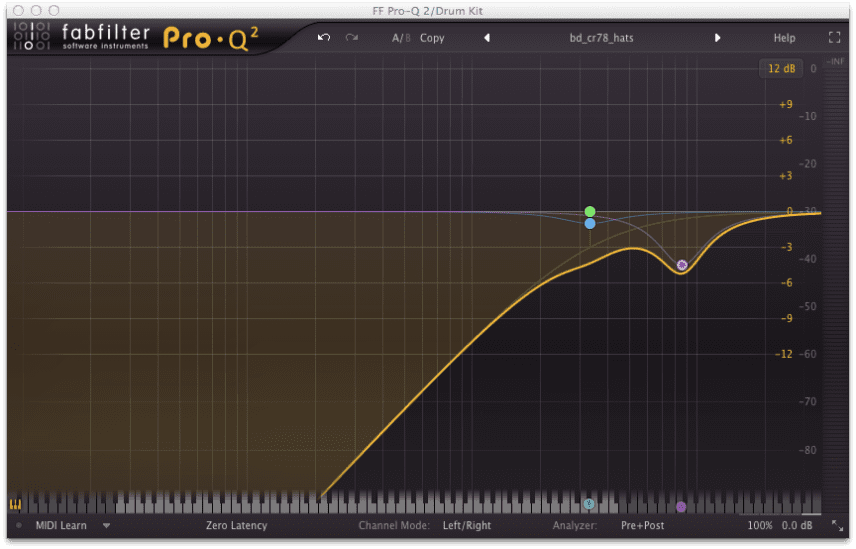


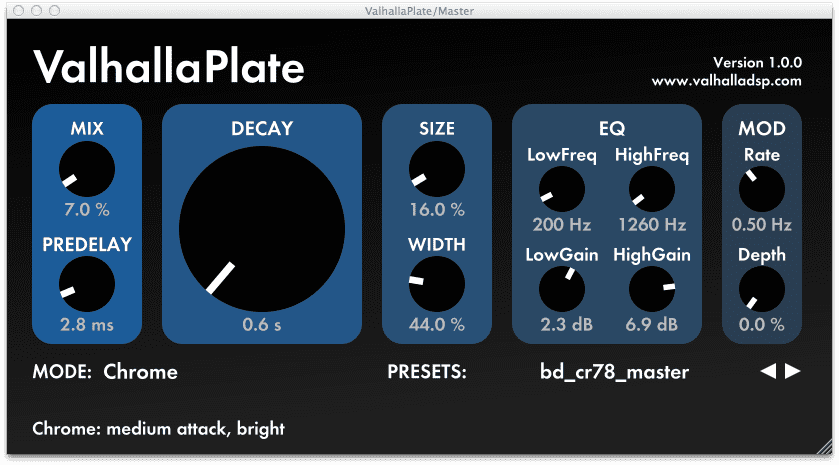
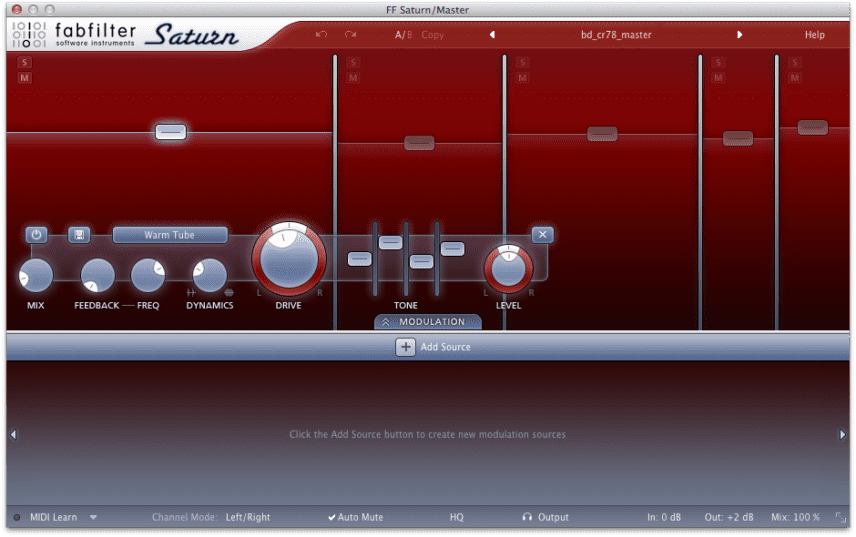
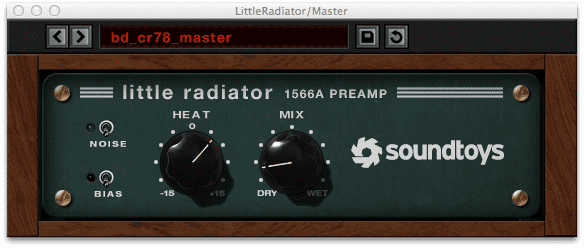
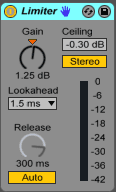
09.52 AM
Classic & Timeless! Great